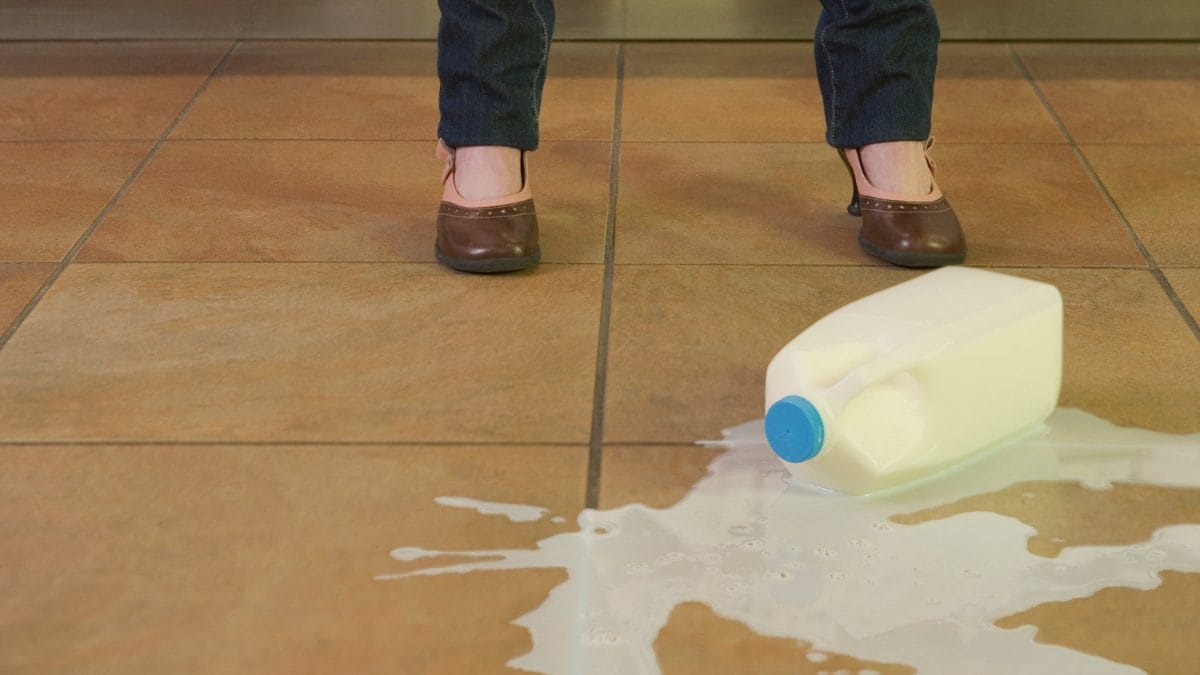
We’ve all been there—those dreaded trips to the grocery store where every step feels like a potential disaster. As kids, we were warned to keep our hands to ourselves and move slowly, like tiny museum-goers in a porcelain gallery. As adults, the stakes somehow feel even higher. "Don’t touch that!" echoes in your mind, and heaven forbid you accidentally knock something off the shelf. Why? Because the age-old adage looms: “You break it, you pay for it.” No one wants to pay for something they don’t even want, right? But is this widely accepted rule of retail etched in stone? Is it actually a law? Not really. Its enforcement depends on the store, the circumstances, and sometimes, a bit of luck.
Where Does "You Break It, You Buy It" Even Come From?
The phrase “you break it, you buy it” has an ominous ring, doesn’t it? A verbal “handle with care” sign that sends us walking through aisles like cautious tightrope walkers. But where does this saying come from? While it’s often associated with stores, the concept harks back centuries to Roman law, specifically the principle of caveat emptor—let the buyer beware. This legal doctrine put the burden of care on the buyer rather than the seller, a precedent that continues to influence modern consumer laws.
Fast-forward to the 20th century, and the phrase gained cultural traction as a store policy in boutiques and gift shops dealing in fragile, high-value items like pottery or glassware. Known colloquially as the "Pottery Barn Rule" (though the retailer has disavowed using it), the idea was simple: accidents in such spaces were costly. It was less a universal truth and more a preemptive strike against clumsy customers. But somewhere along the way, the saying migrated beyond breakable vases to everyday items like cereal boxes and soda cans, embedding itself in our cultural consciousness as a grocery-store boogeyman.

Breaking Down the Myth: Is It Really a Rule?
So, is the dreaded “you break it, you buy it” a hard-and-fast rule in grocery stores or bodegas? The answer: not really, and certainly not legally binding in most cases. For one, grocery stores generally don’t have policies requiring you to pay for broken items unless the damage is intentional or grossly negligent. Spilling a carton of milk because you misjudged the fridge door? That’s usually chalked up to an honest mistake, not a financial liability. The same applies to bodegas, which thrive on community goodwill and don’t want to alienate regulars over the occasional mishap.
The logic is simple: items like canned goods or boxed snacks have wholesale value and are insured, meaning the cost of occasional damages is already factored into overhead. On the rare occasion a store insists you pay, it’s more about policy than law. Legally, you’re not required to pay unless the store can prove you acted recklessly or intentionally. For most everyday accidents, the worst you’ll get is a stern look from the staff and maybe a mop handed your way.
When and Where Does "You Break It" Actually Apply?
In the U.S. and Canada, whether or not “you break it, you buy it” applies depends on the situation. If you’re at a boutique handling an antique or an artisanal product marked with “fragile” signs, the store may enforce the rule as part of its policy. In such cases, it’s less about grocery law and more about contract law—by handling the item, you tacitly agree to care for it, and breaking it may constitute negligence. Still, this is a gray area. Stores would need to prove the damage was caused by your carelessness, which can get tricky in a court of law.

Grocery stores, meanwhile, are more lenient. Accidents involving everyday items rarely escalate into legal disputes because most products are insured. Bodegas and smaller shops might be stricter, especially if they operate without the safety net of large corporate policies. However, even then, they rely more on customer relationships than enforcing broken-item penalties. In both countries, the guiding principle is fairness—if the damage was clearly intentional or avoidable, expect to pay. But for those unintentional slip-ups? Consider it a lesson in being more careful, not a receipt for a mistake.
;Resize,width=767;)
